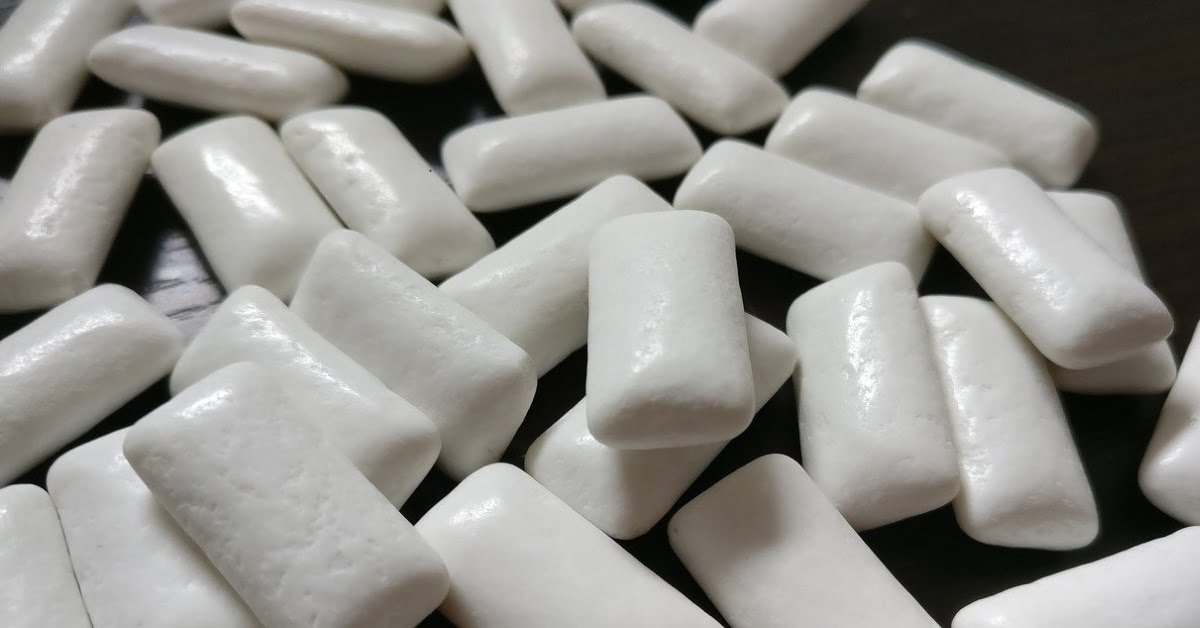Many parents warn children not to swallow chewing gum - supposedly it remains in the digestive system for many years (some sources even claim forever). We checked if this is true.
This is how the book describes a family situation typical for the post-Soviet space "Table tales from WEBa": “Yesterday I gave my son a piece of chewing gum. Television advertisements said it protected teeth from tooth decay. The boy usually chews gum normally, but last night he swallowed it. My husband almost killed me. “Do you know that chewing gum takes seven years to be eliminated from the body?” he shouted. “Do you understand the danger you exposed our child to?”
However, not only Soviet and post-Soviet children were frightened and continue to be frightened by many years of chewing gum digestion. The story about seven years is widely known in West. In particular, it is mentioned in the bestselling book by Stephen Chbosky "The perks of Being a Wallflower".
At one time, the authors of the popular science portal Scientific American became interested in this issue. That's what they are found out.
According to pediatric gastroenterologist David Milov of the Nemours Clinic in Orlando, Florida, if the legend in question were true, then every person who swallowed chewing gum in the last seven years would have evidence of its presence in the digestive tract. However, the results of numerous colonoscopy and capsule endoscopy procedures tell a different story. “We sometimes see a piece of chewed gum,” he says, “but it’s usually less than a week old.” Milov declares with full confidence that the legend is baseless.
Another gastroenterologist, Roger Liddle of Duke University School of Medicine, argues that no object can remain in the gastrointestinal tract for that long, except for large objects that, due to their size, could not leave the stomach or got stuck in the intestines. Such objects, in Liddle's experience, should be at least larger than a 25-cent piece (about 24 mm in diameter), since all coins of this size or smaller usually pass through the path freely.
What happens to swallowed chewing gum? Some of its components, such as sweeteners, dissolve normally, but the base of the popular product is largely indigestible. American Food and Drug Administration defines chewing gum base as a "non-nutritive chewing substance" which may consist of any number of natural or synthetic elastomers or rubber-like materials, as well as softeners, resins, preservatives and antioxidants. Approved elastomers (rubbers) include chicle (the sap of rubber plants) and butyl rubber, which is also used in the production of inner pipes. Because of its structure, chewing gum, according to David Milov, passes through the gastrointestinal tract somewhat slower than most foods, but other substances push it through the channels and, as a result, it leaves the human body unhindered.
However, chewing gum's safe passage through the digestive system does not mean it can be swallowed an unlimited number of times. According to research American scientists, chronic swallowing of chewing gum can cause serious problems. The study described three children who suffered from gastrointestinal blockage due to chewing gum. Two of them received chewing gum as a reward from their parents and regularly swallowed it. In both cases, the children became constipated because the chewing gum had accumulated and formed a sticky mass that had to be removed. In the third patient, a one and a half year old girl, four coins were found in the esophagus, stuck together with one piece of gum.
Thus, contrary to popular legend, swallowed chewing gum does not live in the human body for years - it usually leaves the gastrointestinal tract fairly quickly. However, given the fact that the bulk of this product is difficult to digest, it is not recommended to swallow it.
Not true
Read on topic:
If you find a spelling or grammatical error, please let us know by highlighting the error text and clicking Ctrl+Enter.







